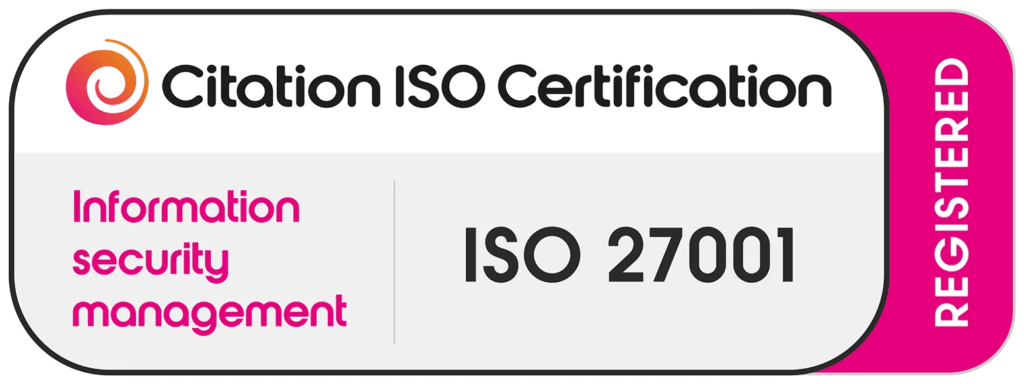Introduction
certified hard drive data destruction, data security has never been more critical. Every organisation handles vast amounts of sensitive information, from financial records and customer data to proprietary business insights. However, simply deleting files or formatting a hard drive doesn’t guarantee that data is gone for good. That’s where certified hard drive data destruction becomes essential.
With growing concerns around data breach prevention and information security services, companies are turning to secure hard drive destruction to ensure their information is permanently and irreversibly eliminated. This article explores everything you need to know about secure and certified methods for disposing of sensitive data.
Understanding Data Destruction
Definition and Significance
Data destruction refers to the process of rendering data stored on hard drives and other storage devices completely unreadable and irretrievable. Unlike traditional deletion, which only removes pointers to files, certified data destruction services guarantee full erasure or destruction of data.
Differences Between Data Deletion and Data Destruction
| Data Deletion | Data Destruction |
| Removes file pointers | Physically or digitally destroys data |
| Data can be recovered | Data is unrecoverable |
| Inadequate for compliance | Meets data destruction compliance standards |
Risks of Improper Data Disposal
Failing to properly destroy data can lead to severe consequences:
- Potential Data Breaches: Hackers can retrieve sensitive data from improperly disposed devices.
- Legal and Financial Consequences: Non-compliance with regulations like GDPR or HIPAA can result in heavy fines and reputational damage.
- Loss of Customer Trust: A data breach erodes client confidence and loyalty.
Methods of Hard Drive Data Destruction
Physical Destruction
Hard drive shredding and crushing physically break down the drive, ensuring data is irretrievable. This method is popular for its visual confirmation of destruction.
Hard Drive Degaussing
Degaussing uses a powerful magnetic field to disrupt the magnetic domains on a drive, rendering all data unreadable. It’s especially effective for magnetic storage media.
Data Wiping or Software-Based Methods
This method overwrites data multiple times with random patterns, making it difficult to recover. While not as secure as physical destruction, it’s useful for less sensitive data.
Benefits of Certified Data Destruction Services
Hiring professionals ensures:
- Complete Data Eradication: Certified services follow stringent protocols that exceed simple deletion methods.
- Compliance with Data Protection Regulations: They adhere to industry guidelines and help meet legal obligations.
- Secure Data Disposal: Protects your company from liability and unauthorized access.
Certifications and Standards in Data Destruction
Overview of Industry Standards
Key certifications include:
- NAID AAA Certification
- ISO 27001
- R2 (Responsible Recycling)
Importance of Choosing Certified Providers
Certified providers offer:
- Documented chain of custody
- Verified destruction methods
- Consistent data destruction policy enforcement
On-Site vs. Off-Site Data Destruction Services
| Service Type | Pros | Cons |
| On-Site | Immediate verification, secure handling | May cost more |
| Off-Site | Efficient for large volumes, lower cost | Less control over chain of custody |
Choose based on your organization’s risk tolerance, volume of devices, and budget for IT asset disposition.
Environmental Considerations
Eco-Friendly Disposal Practices
Using electronic waste recycling ensures environmentally responsible destruction. This process recycles components while ensuring data security.
Recycling of Destroyed Materials
Certified providers break down drives into raw materials for reuse, supporting green IT policies and sustainability.
Case Studies: Data Breaches Due to Improper Disposal
- Healthcare Provider: A discarded unshredded hard drive led to a $1.5 million HIPAA fine.
- Retail Giant: Incomplete data wiping exposed customer credit card information, resulting in public backlash.
These real-world examples highlight the need for hard drive shredding and secure data disposal.
Implementing a Data Destruction Policy
Steps to Develop and Enforce a Policy
- Assess data types and risks
- Choose destruction methods
- Partner with certified vendors
- Maintain records of destruction
Employee Training and Awareness
Educate employees about:
- Risks of improper disposal
- How to initiate secure destruction requests
- Compliance procedures
Technological Advances in Data Destruction
Emerging Trends and Innovations
- AI-based data wipe verification
- Blockchain for destruction logs
- Enhanced shredders for SSDs
Impact on Data Security
Modern technologies improve accuracy, reduce human error, and enhance data destruction standards.
Cost Analysis of Data Destruction Services
Evaluating the Cost-Benefit Ratio
| Consideration | Cost vs. Benefit |
| Certified services | Higher upfront cost, better protection |
| DIY methods | Low cost, high risk |
In-House vs. Outsourced
Outsourced services provide scalability, expertise, and compliance ideal for companies without dedicated IT disposal teams.
Legal and Regulatory Framework
Overview of Relevant Laws and Regulations
- GDPR (EU)
- HIPAA (US)
- SOX, FERPA, FACTA, etc.
Implications for Businesses
Failure to meet these regulations can lead to:
- Legal penalties
- Audits
- Customer lawsuits
Choosing the Right Data Destruction Partner
Criteria for Selecting a Reliable Provider
- Certifications (NAID, ISO)
- Insurance coverage
- Transparent documentation
Frequently Asked Questions (FAQs)
1. What is certified hard drive data destruction?
It’s the process of permanently destroying data using approved methods that meet industry standards.
2. Is hard drive shredding better than degaussing?
Shredding physically destroys the device; degaussing works best for magnetic media. Each has its use case.
3. Can I destroy data myself?
You can, but without certified proof, it’s risky and often non-compliant with legal standards.
4. How do I ensure compliance with data destruction laws?
Work with certified vendors who provide documentation and understand data destruction compliance requirements.
5. What’s included in a certificate of destruction?
Details like device serial numbers, destruction method, date, and technician credentials.
6. How often should I review my data destruction policy?
At least annually, or whenever there are changes in technology or regulations.



